With Hillcrest Golf Club about to join the ranks of Minnesota’s lost golf courses as one of its most distinguished members, it would seem a shame to just let it fade off into the
late-October sunset.
Hillcrest is scheduled to permanently close its 18-hole layout at the end of the month, bowing out after its 97th season in the very northeast corner of St. Paul. Some of the course’s regulars are understandably downhearted about the closure, as Dave Orrick of the St. Paul Pioneer Press noted in a tribute to Hillcrest published shortly after the news of its demise was announced in late July.
I would be interested in hearing from more golfers who remember Hillcrest. What will you remember most? The players? Staff? The course? Any favorite holes? Any holes you will curse until your dying day, even if you generally loved the place? Any tournaments you won? Any tournaments you didn’t win (I’ll bet there were plenty)? Ever play it during a torrential rainstorm or snowstorm or withering heat wave? (Or all three, considering, well, this is Minnesota?)
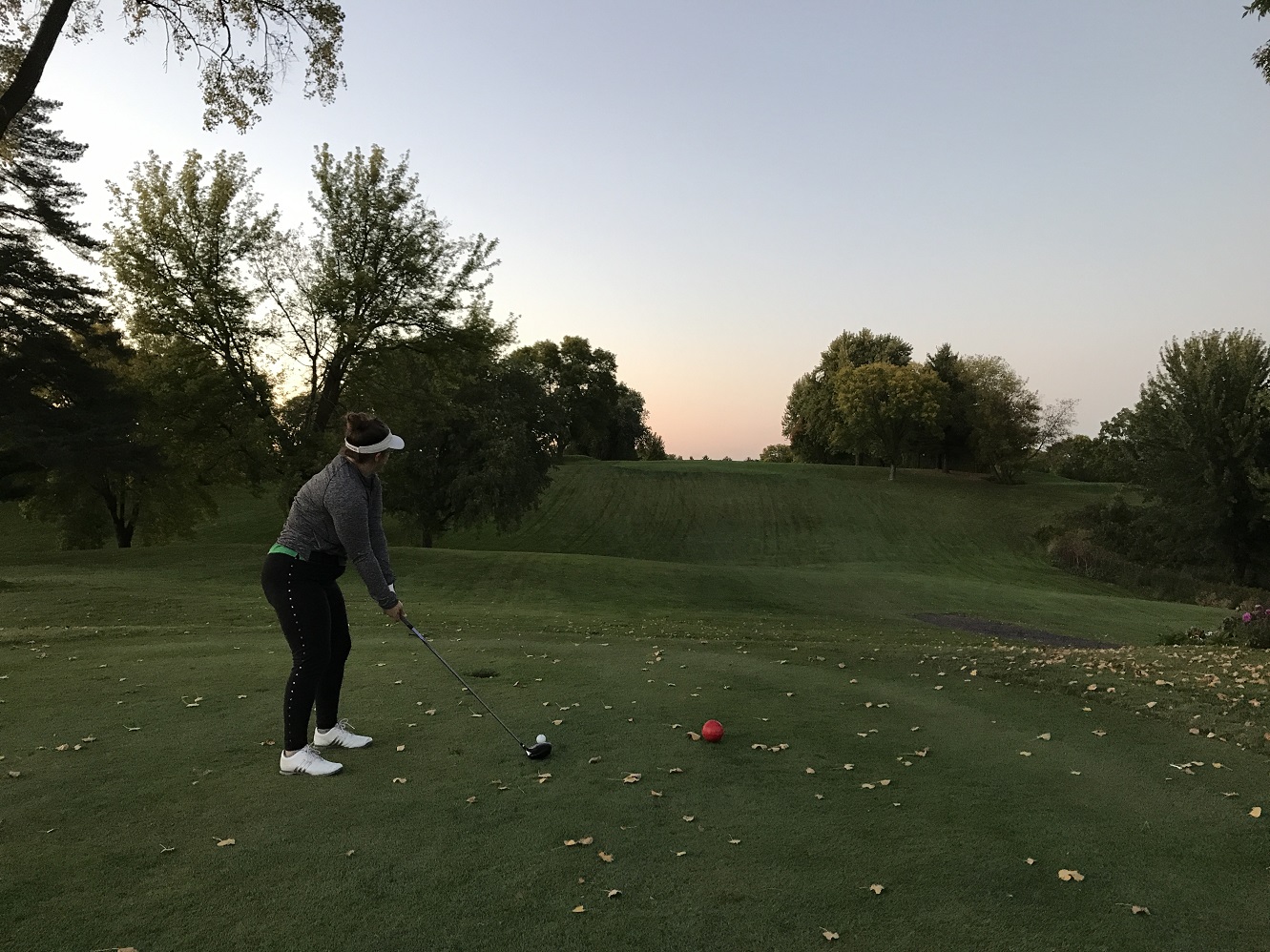
Respond to this blog post or send me an email (my last name, my first name, at gmail) and I’ll publish your thoughts. I also would love to post a photo or four. Surely you can do better with photos than what’s in my “stash,” which consists of two photos — I don’t even know which holes they’re of — taken while lurking around Hillcrest’s perimeter for 10 minutes in late September. (Update, Oct. 12: Valerie Reichel outdid my by 500 miles on the photo front. My two photos are posted below. Her much better photos are interspersed.)
In the meantime, though I never had the privilege of playing the course, here are a couple of other tidbits about Hillcrest, as it relates to other lost courses:
— Hillcrest was established in 1921 and notably designed by Tom Vardon. Sad to see Vardon’s design work slowly fading away. His lost courses in Minnesota now number eight : Hillcrest, Bunker Hills (the one in Mendota Heights, not Coon Rapids), Ortonville, Shattuck (Faribault), Matoska (Gem Lake), Sauk Centre, Quality Park (St. Paul) and Westwood Hills (St. Louis Park).
— Before it was bought by Steamfitters Pipefitters Union 455 in 2011 for $4.3 million, Hillcrest was known through much of the 20th century as the Jewish golf club in the eastern half of the Twin Cities. But it wasn’t the first Jewish golf club in the east metro. 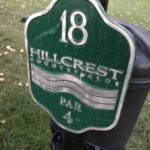 That distinction belonged to Northwood in North St. Paul, about a mile northwest of Hillcrest. Northwood was established in 1915 and spent 30 years as the east metro’s Jewish golf club before the membership bought Hillcrest in 1945 and made Hillcrest, formerly a public course, private and Jewish-affiliated.
That distinction belonged to Northwood in North St. Paul, about a mile northwest of Hillcrest. Northwood was established in 1915 and spent 30 years as the east metro’s Jewish golf club before the membership bought Hillcrest in 1945 and made Hillcrest, formerly a public course, private and Jewish-affiliated.
— How many lost courses in Minnesota’s capital city? Hillcrest is the fourth, that I know of. The others: Quality Park (1925-unknown), Merriam Park (1900-06) and the historic Roadside Golf Club (1897-1903).
So, let me know about Hillcrest. Thanks in advance.
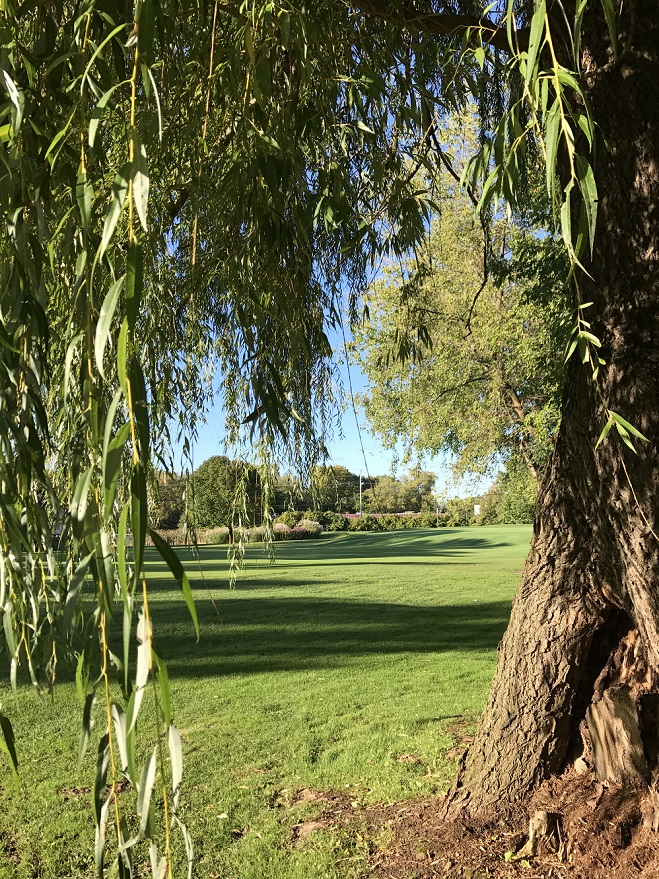
Charlie Leavitt comments, 8-13-2018:
- While the original design was by Tom Vardon, Arthur W. Tillinghast completed an extensive restructuring of the golf course in 1937. One doesn’t hear of Tillinghast courses being “plowed under” very often.
- The Club pro, during my youth was Ray W. Hill who was the Medalist in the 1949 PGA Championship. Ray reached the quarterfinals of match play before bowing out to Lloyd Mangrum. Ray won two State Opens and two State PGAs in the 1950s and early 1960s. He had the most distinguished tournament record of any of his club professional contemporaries.
|
Nick Brozak comments: I’ve had the honor of working at Hillcrest on the grounds crew for the past 7 years, the last 3 as the assistant superintendent, and I just wanted to share what Hillcrest meant to me. I will never forget Hillcrest. It’s where I got my start working in the golf industry and it’s where I learned to love and respect the game of golf more than I ever had. When October 31st came and Hillcrest was officially closed it was one of the saddest days of my life, and I know I wasn’t the only one that felt that way. The location of the course was far from prime, but when you got onto the course you would forget about all the commotion of St. Paul and take in the beautiful scenery of the course. The course wasn’t super long but the hills and doglegs would still give you a challenge and the greens didn’t curve every which way but they were quick and true. (My favorite greens ever.)
Like I said earlier I will always remember Hillcrest for what it has done for me in my profession and my love of golf! |
Latest posts by Joe Bissen (see all)
- Another lost routing: Hilltop, Columbia Heights - June 19, 2024
- Two lost routes: First, Antlers Park - June 17, 2024
- Tree trouble and townball: Naeseth Country Club, Wanamingo - May 6, 2024
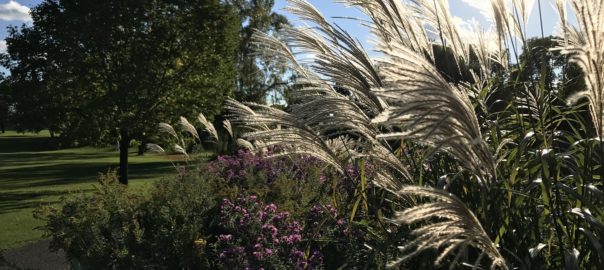
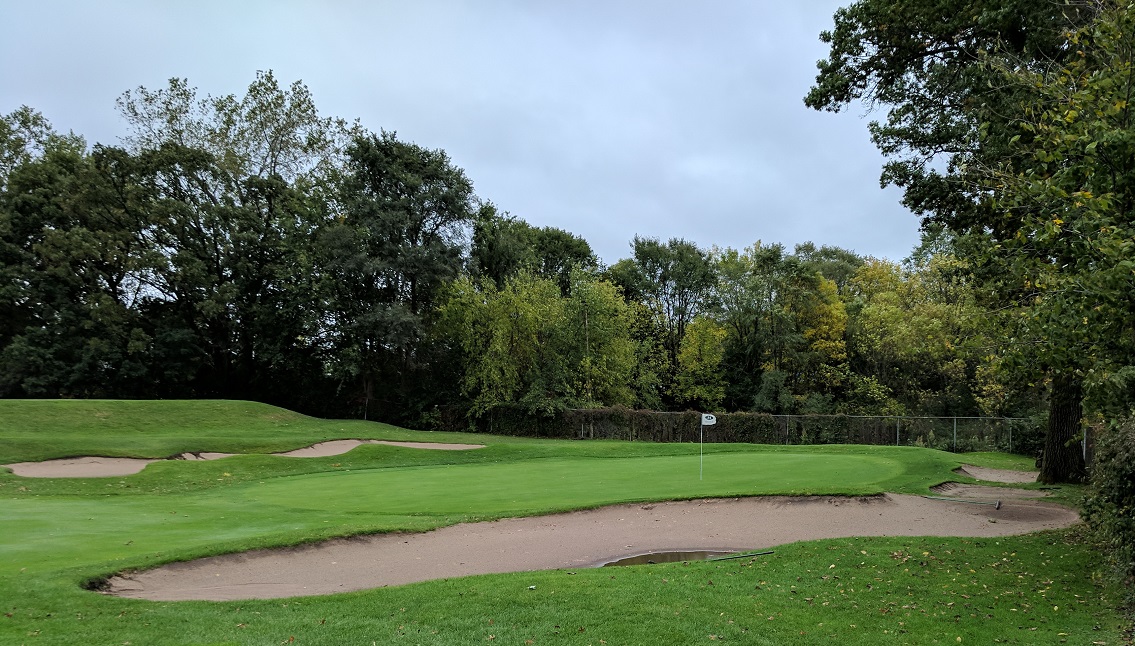
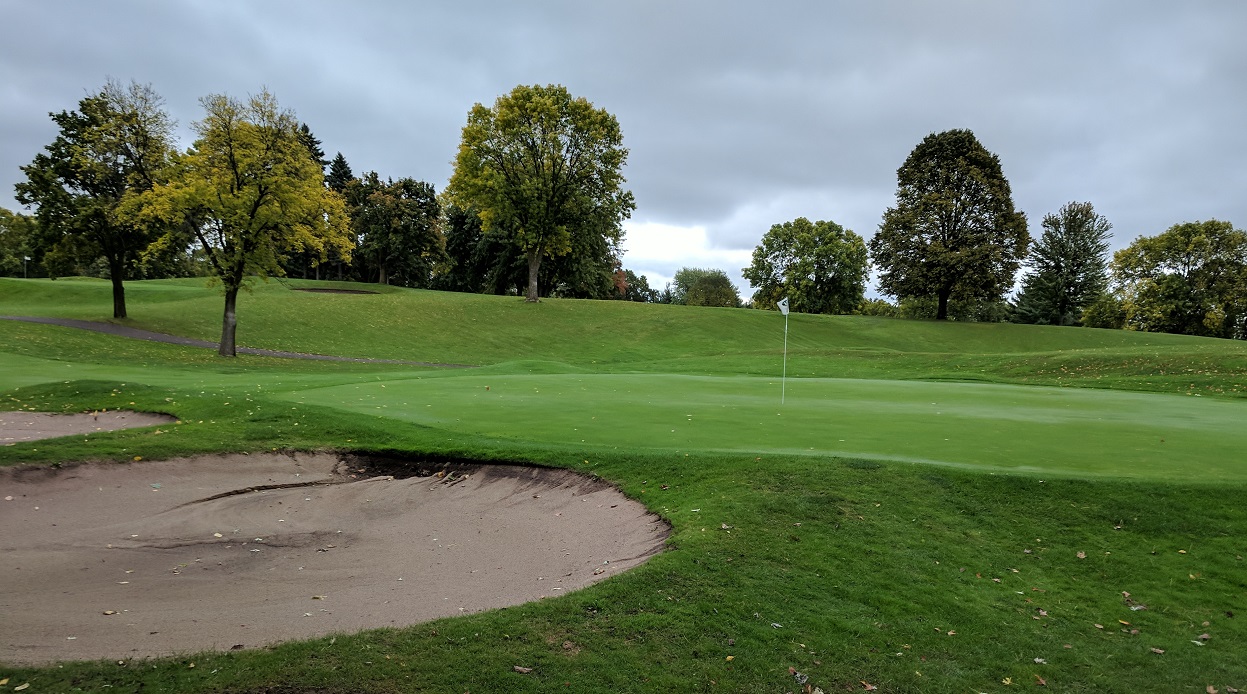
I played Hillcrest many times, initially with my friend Eric Eskola, who joined the club a few decades back and fought it for years before deciding he liked everything about golf except playing it. By then I’d played a number of rounds there with Eric and his political cronies/sources like Wy Spano and Pat Forceia. I never did get to tee it up with another of the club’s famous members, Tom Kelly, but I heard he played there all the time, often with Dark Star. Eventually I played it on an almost yearly basis in the Twin Cities Senior League.
I liked Hillcrest, though some of my golf pals thought it was too short, had too many doglegs or was just too quirky. The hills (and, to a lesser extent, the trees) created the difficulty at Hillcrest. The first hole was ridiculously short for an opening par 4, but it was straight uphill and the fairway was severely slanted to the trees on the left. You’d usually hit a fairway wood or hybrid for position and then a wedge to the blind green. The green was slanted severely from back right to front left, and you never knew how close your approach shot would be until you climbed to the front of the green. Sometimes your ball would be at the back fringe or over the green, leaving a tough downhill shot that might have 12 feet of break. Other times you might find your ball at kick-in distance from the cup.
The par-5 third hole was one of the two or three toughest pars on the course for me. It was a long hole with trees right and a crested fairway that slanted slightly left. Over the crest, you’d be faced with a downhill approach shot to an elevated plateau green. Anything short of the green would roll back some 30 yards; shots that landed on the green had a difficult time holding.
That hole was followed by one of the shortest par fours with the most extreme dogleg. The green was tucked around the corner to the right, not visible from the tee, and no matter how much you tried to cut off of the dogleg, you were more likely to drive your ball through the fairway to the left. The fourth green, too, had a steep fall-off in front, and had one of the most severe slopes from back to front. That was another way Hillcrest defended itself; if the green speeds were up, downhill or sidehill puts could be terrifying.
The front nine had three more reasonably short but narrow, bending par 4s: number five bordered Ivy Avenue on the right, and at the 120 yard mark, the fairway dropped down to a green bounded by Ivy, McKnight Rd. and an active rail line. The sixth hole was short and tight, with a creek running in front of the green, and the eighth hole was a blind dogleg right that required either a long drive to clear the crest of the fairway, or a layup far enough left to leave an open look at the green. The seventh hole was a par 5 reachable in two shots, but with OB all along the right side and a pond left of the fairway. Number nine was a 150-yard one-shotter over a pond, with Larpeteur Avenue along the fence to the right.
The back nine began with two of the toughest par 4s on the course: the uphill tenth, with a fairway that kicked drives into the right rough and had trees up the left side; and the long, straight eleventh, with out of bounds down the entire right side. Eleven was always a great test of one’s ability with the tee shot; nothing but a long, straight drive would give you a chance to hit the green in regulation.
Two other par 4s stand out on the back nine: number 13 required a long drive to a plateau fairway, and a long second shot to a blind green; and 15 was a very short, downhill par 4 with trees lining both sides of the fairway. A hybrid or long iron was enough club to set up a 120 yard approach shot, but it was always tempting to hit driver to try to get close to the green. In my case, that always got me into trouble, usually on the right, because the right half of the fairway funneled balls in that direction.
I will miss Hillcrest. I shot a 34 on the front nine a couple of years ago, but more often than not I struggled to break 80. The course made you think, requiring good decisions about what club to hit on the tee and what line to take. It also tested your putting nerves. Due to the confined nature of the property, the surrounding neighborhood could be noisy, and you had to be alert for incoming golf balls from almost any direction. But it was more fun to play Hillcrest than several other metro courses with more exalted reputations. Its pedigree — original design by Vardon, with new 17th and 18th holes designed by A.W. Tillinghast — make its loss that much more regrettable.
Rick:
In the words of Johnny Miller, great stuff!
Thanks!
I have many fond memories of Hillcrest as I started caddying there when I was 10 yrs old in 1942. Eventually I worked my way up to being the caddy master. At the close of the day, with permission, I was allowed to take the owner’s clubs to play a few holes before dark. When I first started caddying, a loop paid $1.25 plus an expected 25-cent tip and a free soda at the turn. It was a great job. Sure beat mowing lawns!
Thanks for the memories, Bill.